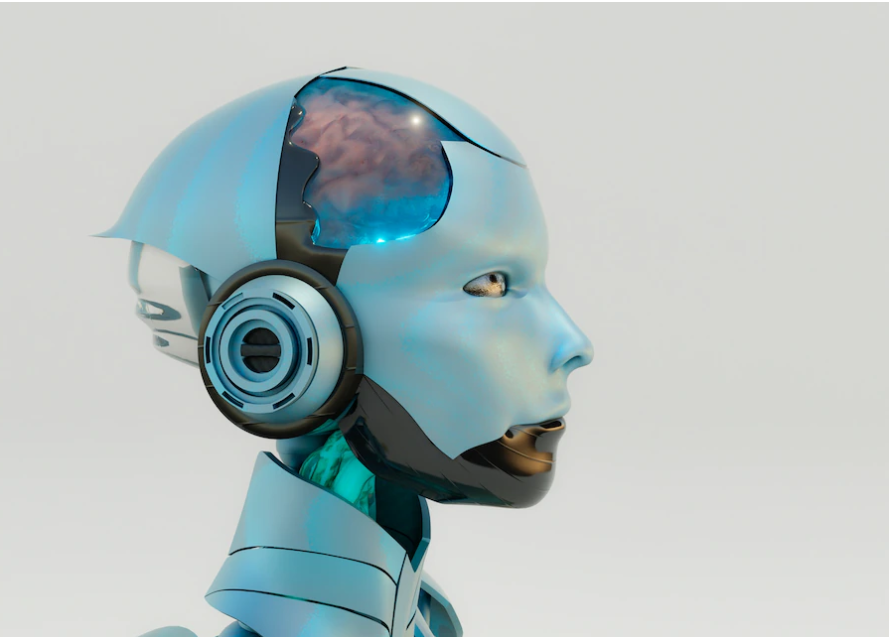The development of artificial intelligence (AI) has been a topic of discussion for decades. While AI has made significant progress in recent years, there are still concerns about its limitations and potential dangers. This article will explore the concept of the stupidity of AI, including its current limitations, potential risks, and future possibilities.One of the main criticisms of AI is that it lacks common sense and reasoning abilities. According to Judea Pearl, a computer scientist at UCLA, we will not succeed in realizing strong AI until we can create an intelligence like that deployed by a 3-year-old child.
. Pearl believes that we need to equip systems with a “mastery of causation” to achieve this goal
. In other words, AI needs to move away from neural networks and mere pattern recognition and towards human-like understanding. Another limitation of AI is its inability to understand nuances in everyday language. For example, Microsoft‘s XiaoIce Chatbot serves as an 18-year old female-gendered AI “companion” but catastrophically fails to understand the nuances of everyday language.
. This problem is not restricted to Apple or Microsoft; it is a widespread issue across many industries.Despite these limitations, AI has made significant progress in recent years. It is becoming good at many “human” jobs such as diagnosing disease, translating languages, providing customer service.
. Companies see the biggest performance gains when humans and smart machines collaborate
. People are needed to train machines, explain their outputs, and ensure their responsible use. In turn, AI can enhance humans’ cognitive skills and creativity while freeing workers from low-level tasks.
.However, there are also potential risks associated with the development of AI. One concern is that thoughtless use of artificial intelligence could be much more dangerous than super-intelligent digital villains depicted in science-fiction movies.
. The confusion between today’s AI and machine learning with tomorrow’s Skynet has encouraged many people to exaggerate the short-term potential of existing technologies while underestimating some real risks and potential downsides.
.Another risk associated with the development of AI is its impact on the environment. Training a single AI model might emit the equivalent of more than 284 tonnes of carbon dioxide according to research published in 2019.
. This amount is nearly five times as much as the entire lifetime emissions from an average American car including its manufacture. The future possibilities for AI are vast but also uncertain. There is rough agreement among many experts that technological progress, will continue, and AI will become increasingly integrated into our daily lives.
Some predict that the next phase of AI development will involve creating machines that can think and learn for themselves, without the need for human input or intervention. This type of AI, known as artificial general intelligence (AGI), could potentially revolutionize fields like healthcare, transportation, and manufacturing, but it also raises questions about control and accountability.
Another possibility is the emergence of superintelligence, which refers to AI that vastly surpasses human intelligence in all domains. Some experts believe that this could be achieved within our lifetimes, and it raises existential concerns about whether such machines would ultimately be benevolent or hostile to human interests. Ensuring the safe and responsible development of AI will require ongoing collaboration between industry, government, and academia to establish ethical guidelines, best practices, and regulatory frameworks.
In conclusion, while AI has made significant progress in recent years, it still lacks human-like common sense and reasoning abilities. There are also potential risks associated with its development, such as environmental impact and the potential for dangerous misuse. However, the future possibilities for AI are vast, and its continued development will undoubtedly have profound implications for society. As such, it is essential to approach the development of AI with caution, foresight, and a commitment to ethical principles.



















